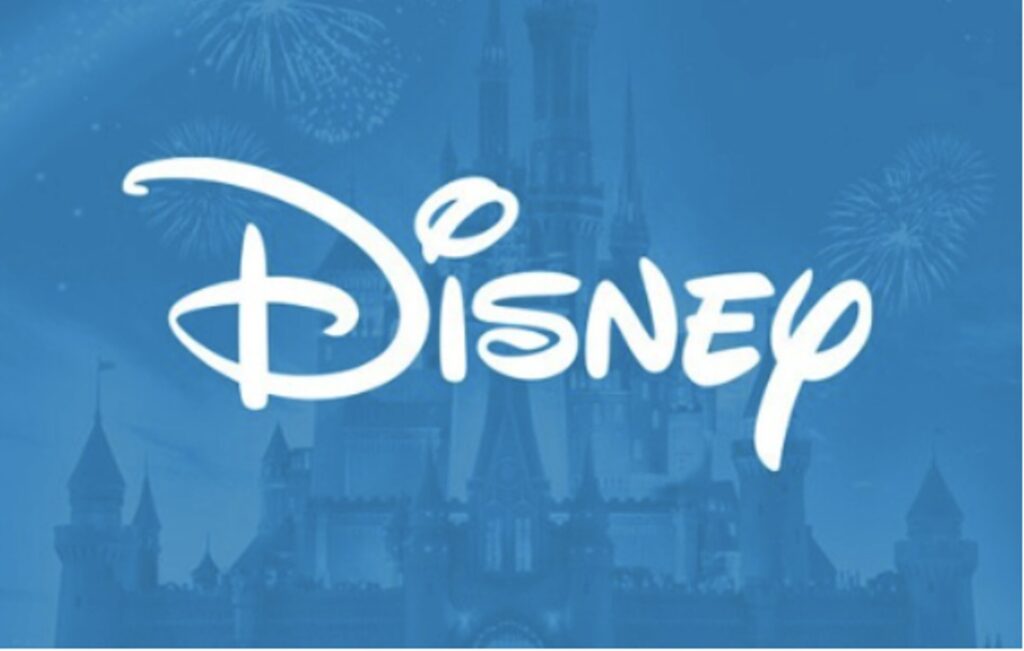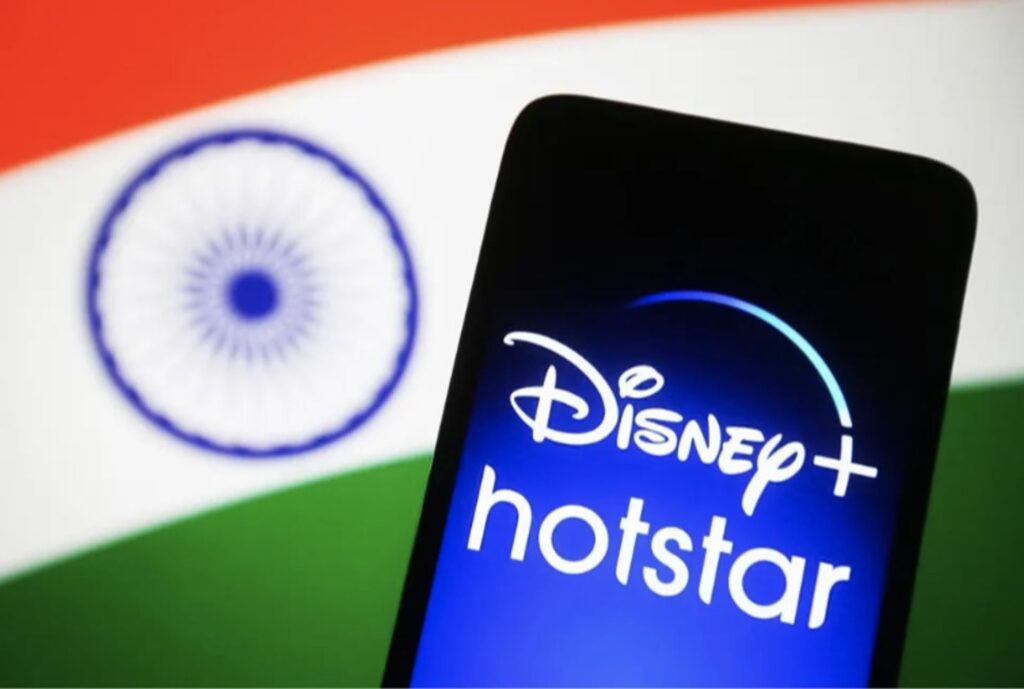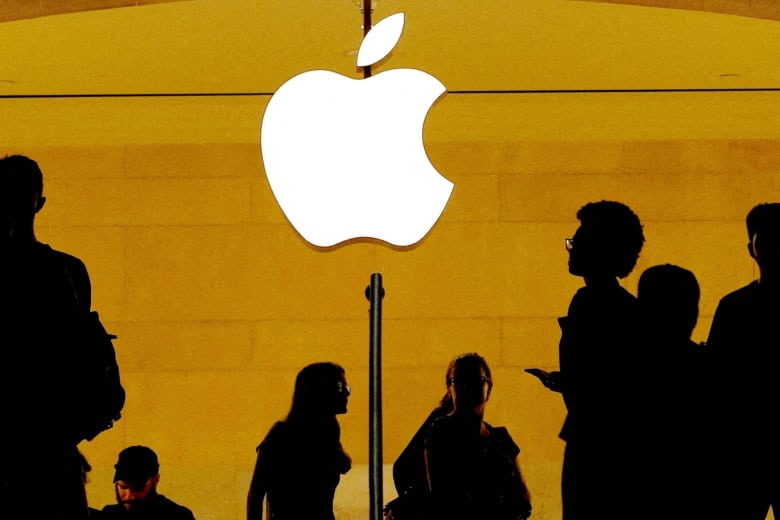Once upon a time, Disney ventured into India and has since maintained a significant presence in the Indian entertainment market. India, with its rich cultural heritage and a rapidly growing entertainment industry, became an attractive prospect for companies like Disney, leading to significant investments in the country. However, recent news of Disney’s sale of assets in India has sparked questions about the future of Disney’s operations in the country. In this article, we will explore the reasons behind this sale and its implications for Disney’s presence in India.
The recent sale of Disney’s assets in India has garnered considerable attention and sparked speculation. This strategic move not only holds immense potential for Disney and the Indian entertainment industry but also signifies a broader shift in the global media landscape. In this article, we will delve into the details of this landmark deal and explore its implications
The Motivation behind the Move
In light of the rapid growth of streaming platforms and evolving consumer preferences, Disney has been strategically reassessing its global business operations. The decision to sell certain assets in India aligns with their broader vision of concentrating on core content creation and leveraging partnerships to expand their international reach.
The sale of Disney’s assets in India can be attributed to several factors. One key reason is the changing dynamics of the Indian entertainment industry. With the rise of streaming platforms and the increasing popularity of local content, Disney’s traditional models of distribution and production may no longer be as effective. By divesting these assets, Disney can reshape its strategy in India to adapt to the evolving market.
Another factor influencing this decision is the financial performance of Disney’s Indian ventures. While Disney has achieved success with some properties, such as Marvel films and the “Disney Princess” franchise, it has faced challenges in other areas. The high production and distribution costs, coupled with competition from local studios, have made it difficult for Disney to consistently achieve profitability in the Indian market.

Valuable Assets at Stake
The assets being sold encompass a range of popular TV channels, including Disney Channel, Hungama, and Marvel HQ, along with their associated programming. Additionally, the deal includes the transfer of ownership of several successful shows and franchises. The acquisition of UTV in 2012 gave Disney access to Bollywood and regional language films, enabling it to tap into a vast and diverse audience. Moreover, Disney India has actively produced local content, including movies, television shows, and digital content tailored to Indian sensibilities.
The Sale of Disney Assets: What to Expect
With the sale of Disney assets in India, several possibilities emerge. Let’s delve into each one to gain a better understanding of what might unfold in the near future:
New Ownership, New Ventures
With a change in ownership, it is likely that new players will step in to take over Disney’s assets in India. This opens up exciting prospects for fresh collaborations, partnerships, and investments in the industry. The new owners may bring their unique vision and strategies to the table, potentially diversifying the content offerings and expanding the reach of Indian entertainment globally.
Consolidation and Integration
Another potential consequence of the sale is the consolidation and integration of Disney’s assets with existing entities in the Indian market. This could result in the merging of resources and expertise, leading to the creation of stronger and more competitive entertainment companies. Such integration can foster innovation, enhance production values, and drive growth in the industry.
Shift in Content Strategy
The sale of Disney assets might also lead to a shift in content strategy. The new owners could reevaluate the types of content being produced and modify their approach to cater to evolving audience preferences. This could mean a greater focus on digital platforms, exploration of new genres, and experimentation with different storytelling techniques. Ultimately, this shift could result in a more diverse and dynamic entertainment landscape in India.
Impact on India’s Entertainment Industry
The sale of Disney assets is expected to have a considerable impact on the Indian entertainment industry. It could create opportunities for emerging talent, as new owners may be keen to invest in and promote local artists and content creators. Moreover, it might lead to increased competition among production houses, driving them to raise their standards and produce higher-quality content. Overall, this could elevate the stature of the Indian entertainment industry globally.
As the sale of Disney assets in India takes place, the entertainment landscape of the country stands on the precipice of change. The consequences of this sale are still taking shape, and only time will reveal the true extent of its impact. However, one thing is certain: the Indian entertainment industry is poised for growth and transformation. With new ownership, innovative strategies, and a renewed focus on local talent, the future looks bright for the industry.

Potential Buyer: Reliance Industries
The Scope of the Deal
Reliance Industries, through its subsidiary Network18, has emerged as the frontrunner to acquire these Disney assets. This conglomerate, with its extensive presence in sectors such as telecommunications, media, and entertainment, is well-positioned to leverage this acquisition to strengthen its position in the Indian entertainment market.
The Potential Synergies
If Reliance Industries successfully completes the deal, it may aim to consolidate its position in the media and entertainment industry. This move would allow them to tap into Disney’s rich content library while enhancing their existing portfolio. The synergies resulting from this partnership are expected to drive growth for both parties involved.
The sale of assets does not necessarily mean that Disney is completely exiting the Indian market. Instead, it indicates a shift in focus towards alternative approaches to reach Indian audiences. Disney will likely continue to explore partnerships and collaborations with Indian studios and content creators to leverage their local expertise and creative talent. Additionally, Disney’s iconic brands and intellectual properties, such as Mickey Mouse and Marvel superheroes, will continue to hold value in the Indian market. The sale of assets may provide Disney with the opportunity to reimagine its content distribution strategy and cater to the preferences of Indian viewers.
Implications
The sale is expected to have ripple effects in the Indian entertainment industry. It may create opportunities for local studios and production houses to fill the void left by Disney, leading to a boost in the production of indigenous content. This could result in a more diverse and vibrant ecosystem where Indian stories and talent take center stage.
It presents an opportunity for the Indian entertainment industry to take center stage by increasing its focus on original content creation. With the acquisition of these Disney assets, local production houses and talent can thrive and cater to the growing demand for diverse and culturally relevant content.
The sale of Disney assets in India also signifies the expanding global influence of the Indian entertainment industry. With its rich storytelling traditions and diverse talent pool, Indian content has the potential to captivate audiences worldwide. As Reliance Industries takes the helm, they have the resources and expertise to amplify the reach of Indian content on a global scale.
On the other hand, the absence of Disney’s substantial investment in the market may pose challenges for some industry players. The financial backing and global reach that Disney provided to its partners were instrumental in the success of several Indian films and television shows. Nevertheless, this shake-up in the industry could spark innovation and encourage collaborations that drive growth.

Conclusion
The sale of Disney assets in India marks a significant milestone for both Disney and the Indian entertainment industry. While Disney restructures its operations to focus on content creation, Reliance Industries seizes a valuable opportunity to expand its presence in the media and entertainment sector. This deal not only boosts the Indian entertainment industry but also highlights the growing importance of local content creation in a rapidly evolving global media landscape.
By reassessing its approach and adapting to the changing dynamics of the Indian entertainment industry, Disney aims to stay relevant and capture the hearts of Indian audiences. While the sale may disrupt the status quo, it also presents opportunities for local talent to thrive and for new collaborations to emerge. As Disney redefines its presence in India, it will be interesting to see how this decision shapes the future landscape of the Indian entertainment industry.
Written by – Nikita Tiwari
Edited by – Lucksh Mota




